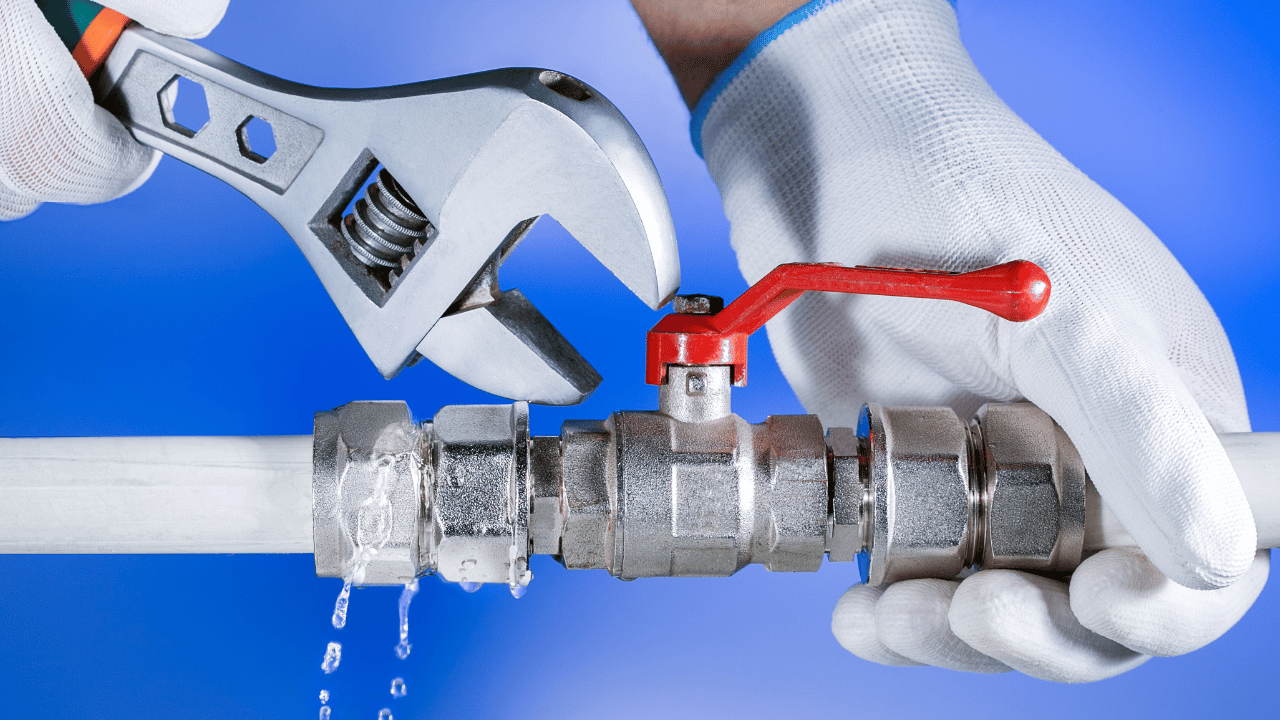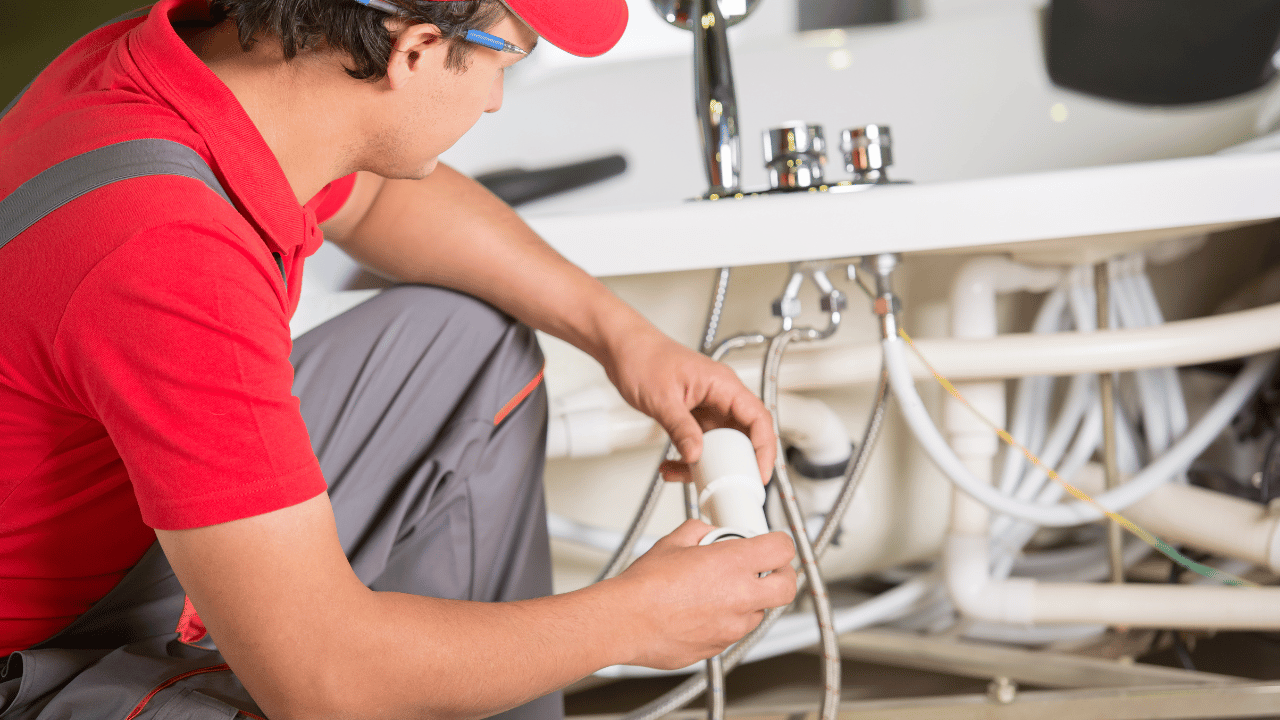Last Updated on October 21, 2023 by Pro Handyman Australia – Editorial Team
Plumbing: an often overlooked yet vital system that keeps our homes running smoothly. But when a faucet starts to drip, a pipe bursts, or the drainage backs up, we’re abruptly reminded of its importance. Amid the inconvenience and the unexpected puddles, one of the first thoughts that might flood your mind is, “How much is this going to cost me?” Whether you’re a homeowner, a renter, or someone considering purchasing property, understanding the potential costs associated with plumbing repairs is crucial. This blog delves into the factors that influence plumbing repair expenses, offers insights into average costs, and provides guidance on how to budget for these unforeseen mishaps. Dive in to demystify the costs behind the world of plumbing repair.
Understanding Plumbing Repair Costs
Plumbing systems play an integral role in our daily lives, providing us with potable water and ensuring safe sanitation. Yet, the intricacies of these systems mean that occasional issues are inevitable. As homeowners, it’s beneficial to be familiar with the potential costs of common repairs to avoid unwelcome surprises. Let’s delve into what these costs entail and why they vary.
Factors Determining Repair Costs

1. Nature of Repairs: Plumbing repairs primarily fall into six categories:
- Water heater repairs
- Leak repairs
- Drainage clogs
- Gas services
- Fixture repairs
- Miscellaneous repairs
The cost of each repair varies based on the complexity of the issue and the materials required. For instance, the intricate work involved in gas services might be priced differently than fixing a minor leak.
2. Material and Labor Markup: Contractors typically consider the cost of materials, their hourly rate, and any additional costs like permits or disposal of old equipment when quoting a price. Often, there’s a markup on materials to account for various overheads such as storage and delivery. While there’s no standard markup rate, it usually ranges from 5% to 20%.
Moreover, labor costs are also marked up to cover overhead expenses and ensure profitability for the plumbing company. Factors like the local cost of living, plumber’s expertise, and the reputation of the company play a role in determining this markup.
3. Experience and Location Matter: It’s natural to expect a master plumber in a city like Chicago to charge more than a less-experienced plumber in a smaller town, say Wichita, Kansas. The variance in pricing largely stems from living costs in different areas, as well as the expertise level of the plumber.
Flat Rate or Hourly Charge?
Some professional plumbers prefer charging a flat rate for specific jobs. This method offers transparency; a homeowner knows the exact amount they’ll pay, irrespective of how long the job takes. For instance, a flat fee might be applied for faucet repairs or toilet unclogging.
On the other hand, hourly charges are influenced by the plumber’s experience, job complexity, and location. Rates can fluctuate between $45 to $200 per hour. It’s essential to get a comprehensive estimate beforehand, especially as some plumbers might have extra charges for after-hour or emergency services.
Breaking Down Common Plumbing Repair Costs

Water Heater Replacements: The average cost to replace a water heater stands at around $1,200. While the water heater itself may range from $400 to $900, you must account for labor and additional costs like disposal fees. Gas water heaters usually carry a higher price tag than their electric counterparts.
Element and Thermocouple Replacements: In electric water heaters, elements that heat the water are common items that may need replacement. This can set you back by $200 to $300. On the other hand, thermocouples in gas water heaters, which ensure gas flow continuity, have a similar replacement cost.
Addressing Leaks: Leaks, being the most frequent plumbing issue, can vary greatly in repair costs. A straightforward leak repair from a fixture or an accessible pipe is usually around $275. In contrast, concealed pipes, especially those behind walls, can be pricier due to the added costs of cosmetic repairs. Leaks in the main water line underground can be particularly expensive due to the labor-intensive nature of the job.
The priciest leak repair is typically for pipes within a concrete slab. Detecting the leak location, accessing the pipe, and restoring the floor afterwards can be a lengthy process. Depending on the flooring and complexity, this repair can range from $600 to over $2,000.
Armed with this knowledge, homeowners can make informed decisions when faced with plumbing issues, ensuring they get the best value for their money without compromising on quality.
Understanding Clogs in Your Plumbing System
Clogs are a frequent hassle in many households. The vulnerability of toilets to clogging is often underestimated, especially as they frequently become unintended disposal units. This misuse extends from adults discarding non-flushable items to children treating the toilet as a fun container for their toys. A quick remedy for most toilet blockages is the toilet auger. Engaging a plumber to tackle this issue typically costs around $175. However, if there’s a need to extract the toilet, there’s an additional fee of about $100.
For interior drains, the situation gets a bit more intricate. Unlike toilet clogs that are often near the surface and easier to address, blockages in interior drains can be situated several feet away from the opening. On average, the cost to clear such a drain nationally stands at about $220.
Addressing a main sewer line obstruction, the gravest of clogs, demands urgency. Such a blockage can result in sewer water inundating your residence, potentially leading to damage worth thousands. The hydro jetting technique, which employs forceful water streams to disintegrate blockages, comes with a price tag of roughly $440. If the obstruction stems from more insidious sources like tree roots or other structural damage, repair costs can escalate to between $800 and $1,200. Key stages in addressing such severe clogs include camera inspection to pinpoint the problem and leveraging specialized tools to determine its exact location. Thereafter, excavation and repair commence. For this intricate operation, labor forms the bulk of the expense.
Gas Leak Precautions and Costs
Gas leaks are not to be taken lightly; their potential dangers range from triggering fires to causing health complications. Immediate action upon detecting a gas leak, signaled by its characteristic odor or a hissing sound, is crucial – vacate the premises and alert emergency services. The financial outlay for addressing an accessible gas leak is comparable to water leak rectification, generally falling between $120 and $250. For concealed gas leaks, additional costs for drywall and paint restoration should be factored in, which might raise the expense to approximately $600.
The Need for Plumbing Inspections
Shelling out an average of $200 for a plumbing inspection might seem steep, but it’s a pivotal preventive measure. Such inspections can preemptively detect budding issues, circumventing more expensive future repairs. Moreover, some property transactions necessitate a plumbing assessment. Always request a detailed quote beforehand and ensure you’re aware of what the inspection encompasses.
Factors Influencing Plumbing Costs
When contemplating plumbing repairs, understanding the diverse elements influencing costs can be illuminating:
- Expertise Level of the Plumber: Seasoned plumbers, backed by years of experience and a rich skill set, usually command higher fees than their less experienced counterparts.
- Nature of the Repair: The cost spectrum varies greatly, from inexpensive minor fixes like leaky taps to pricier undertakings like water heater replacements or sewer line renovations.
- Intricacy of the Job: As the complexity rises, so does the cost. Advanced tasks demanding specialized competencies or equipment, such as whole system installations or slab leak rectifications, are invariably more taxing on the wallet.
- Timing of the Repair: The temporal aspect can drastically affect your plumbing bills. Repairs solicited during off-hours or emergencies often carry a premium. Therefore, the hour of the day, or even the specific day, can weigh on your expenditure.
- Geographical Considerations: Urban locales or regions with elevated living costs tend to have pricier plumbing services in contrast to more rural or economically modest areas.
Deciphering Emergency Plumbing Costs
Emergencies are unpredictable, and when it comes to plumbing, they often incur heftier charges, especially if they occur outside of standard business hours, including late nights, weekend
Conclusion
Plumbing systems, while often overlooked, form the backbone of our homes, ensuring smooth daily operations. The complexity and indispensability of these systems mean that when things go awry, immediate attention is paramount. However, the costs associated with plumbing repairs can sometimes take homeowners by surprise. As we’ve unpacked in the blog, these costs are influenced by a myriad of factors – from the nature of the repair and the expertise of the plumber to geographical location and material markups. By gaining a comprehensive understanding of these variables, homeowners can better navigate the realm of plumbing repairs. It’s always advisable to be proactive, seeking estimates and understanding the breakdown of costs, to ensure that one receives quality service without unnecessary financial strain. In the end, while costs are a vital consideration, ensuring the longevity and functionality of our plumbing systems should always be the priority. Investing wisely in repairs today can prevent more significant expenses and hassles in the future.
